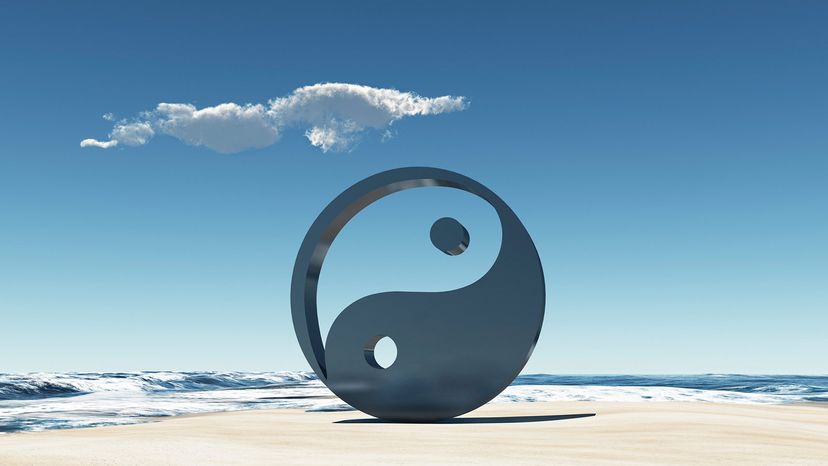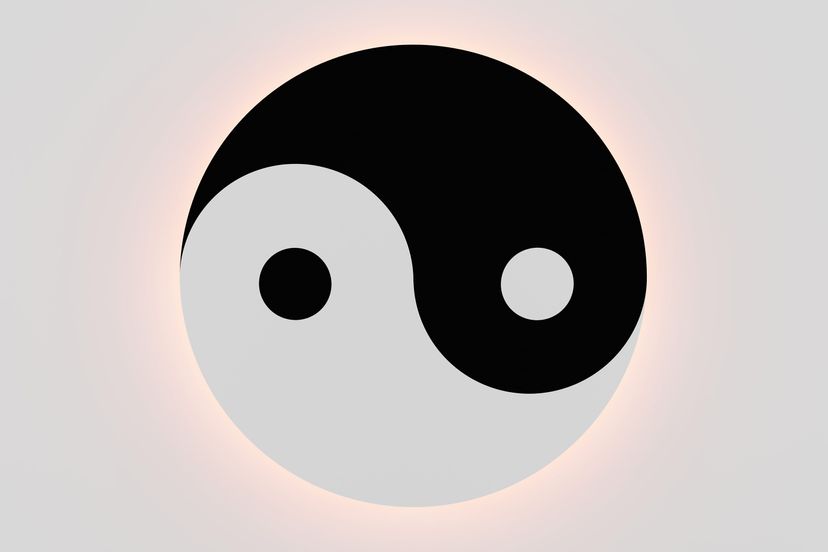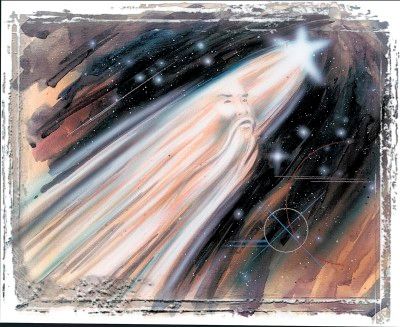
Yin and yang is a concept of Chinese philosophy, reflecting the principle of balance. Yin and yang was first conceived through observing the forces of nature. The Taoists who developed the system of traditional Chinese medicine saw the universe as a unified field, constantly moving and changing while maintaining its oneness. This constant state of change was explained through the theory of yin and yang, which appeared in written form around 700 B.C.E. in the I Ching ("Book of Changes").
According to the theory, nature expresses itself in an endless cycle of polar opposites such as day and night, moisture and dryness, heat and cold, and activity and rest. Everything in nature can be expressed as the opposition of yin and yang. This is the energizing force of all aspects of nature. It is dynamic and the basic foundation for change in nature.
Advertisement
The yin symbol is "female" and exhibits the nurturing qualities of darkness, rest, moisture, cold and structure. Its Chinese character depicts the shady side of a hill.
The yang symbol is "male" and exhibits the qualities of energy such as light, activity, dryness, heat, and function. Its Chinese character represents the sunny side of a hill.
Everything in nature exhibits varying combinations of both yin and yang. For example, the morning fog (yin) is dissipated by the heat of the sun (yang); the forest fire (yang) is extinguished by the rainstorm (yin); the darkness of night (yin) is replaced by the light of day (yang). Any phenomenon within nature can be understood in relation to another; one will always be yin or yang in comparison with the other.
Advertisement




